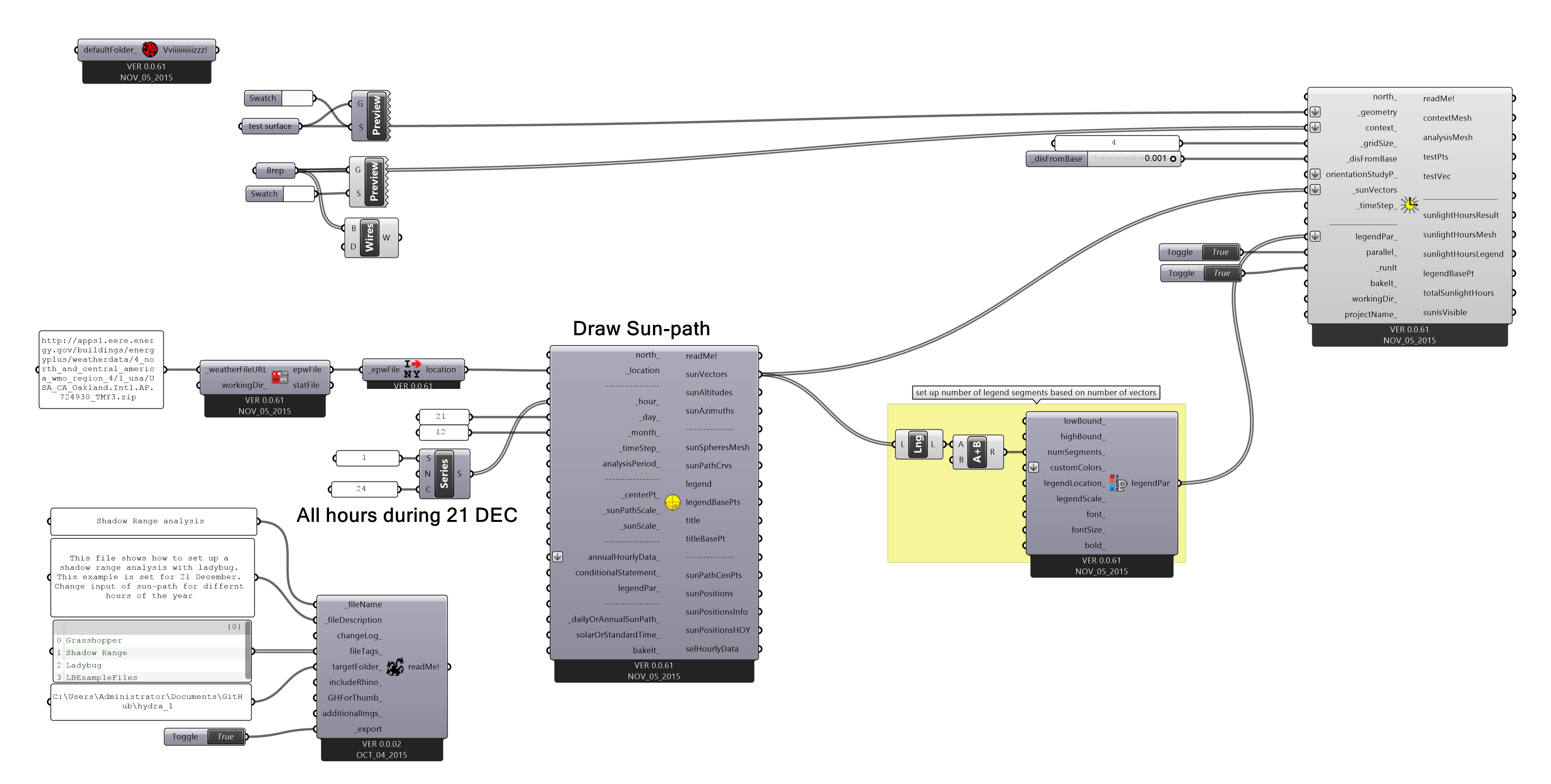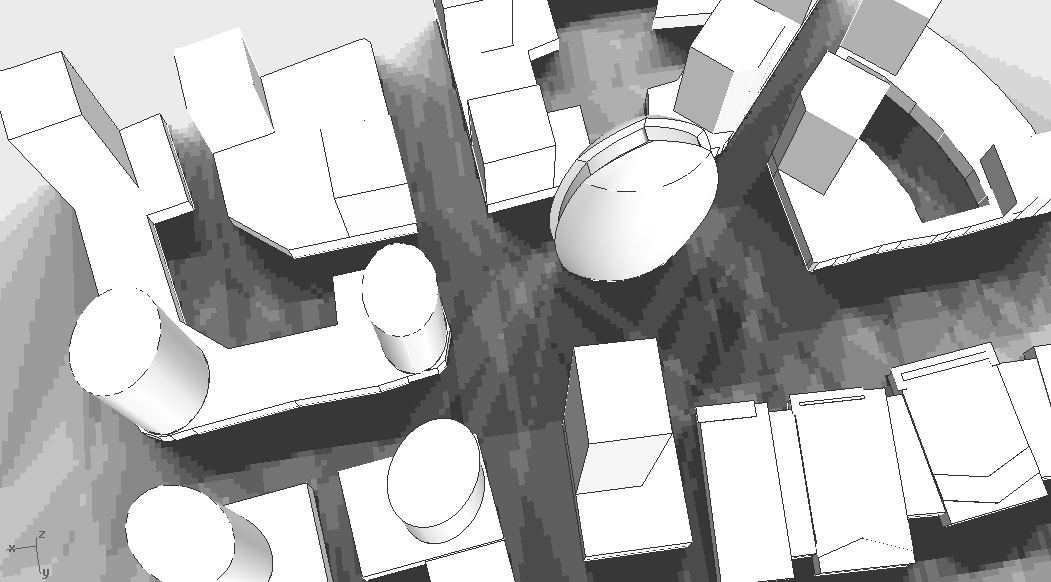Hi @Chris Jones.
You're right. Most of the available resources are video tutorials. There are a number of blog posts that some of the users has posted for specific cases but there is no structured written tutorials similar to these video tutorials.
This presentation slides should answer some of your questions. Also this post by Paul Wintor might be a good place to start. He has also written a post for sunlighthours calculation with ladybug. You can find more posts about Ladybug and Honeybee on his website.
It has been awhile that I want to record a number of short videos that shows use-cases similar to what you said but assuming the long list of things that I want/need to do including rewriting Ladybug + Honeybee that may take some time to happen.
Meanwhile the best place to find examples for different workflows beside the tutorial videos is Hydra. Hydra is the visual repository for several Ladybug and Honeybee workflows. There is a short description for each example file and also screen captures of the final results. Some of them even have videos. Here is one of the examples for sunlighthours.


You can read more on Ladybug forum. It is also the best place to post your questions. Maybe if you post the same question on the group someone from the community can get back to you with better resources. There are several schools which are teaching Ladybug + Honeybee. I wonder if they have some examples that they can share. Here is an old tutorial from Building Technology Laboratory class at MIT.
I hope that I have somewhat answered your question. Let me know your thoughts. We're re-organizing the whole development and this is the best time to hear feedback such as yours. Thanks.






